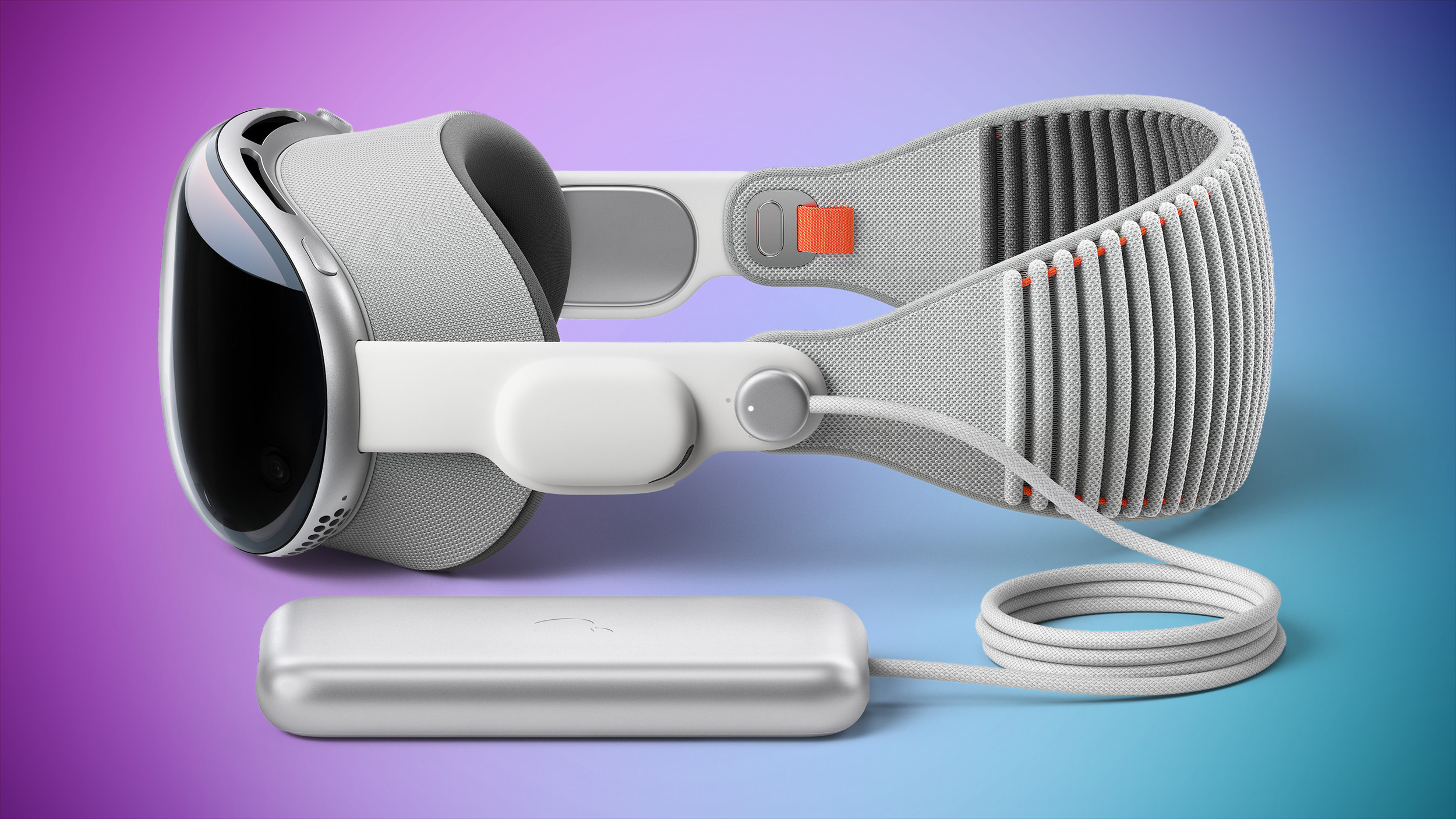
Apple plans to launch its next-generation Vision headsets as early as 2026, and they will likely be more affordable, according to TrendForce.

In line with previous rumors, the Taiwanese research firm today said Apple is planning to introduce both a next-generation Vision Pro and a mainstream headset, which would likely be named "Apple Vision" without the "Pro" modifier.
For the next-generation Vision Pro, TrendForce said Apple will likely consider sourcing components from suppliers beyond Sony to reduce production costs, and this move could contribute to the headset having a lower price. Currently, the Vision Pro starts at $3,499 in the U.S., and this price has naturally limited sales of the device.
In an interview earlier this year, Apple CEO Tim Cook acknowledged that the Vision Pro is not a mass-market product due to its high price.
"At $3,500, it's not a mass-market product," said Cook. "Right now, it's an early-adopter product. People who want to have tomorrow's technology today—that's who it's for. Fortunately, there's enough people who are in that camp that it's exciting."
In July, research firm IDC estimated that Vision Pro sales would be below 500,000 units this year.
While the next Vision Pro could be at least slightly more affordable, TrendForce ensured that the device will continue to have high-end specifications, including display technology with a resolution exceeding 3,000 pixels per inch.
In addition to a Vision Pro price cut, a lower-end model is also expected eventually.
For this mainstream Vision headset, the research firm said that Apple is expected to focus on "affordability and "cost-efficiency" as a main priority, which should make visionOS accessible to more customers at a considerably lower price compared to the Vision Pro. It said the device could have less-advanced displays to keep costs down.
"Possible display options for this model include glass-based OLED displays and LCDs with LTPO backplane technology, both of which offer a balance between performance and cost," said TrendForce, in a press release.
Apple analyst Ming-Chi Kuo last month said the next Vision Pro will actually launch in 2025, with an M5 chip in place of the current M2 chip, but he said Apple pushed back its plans for a cheaper Vision headset until beyond 2027.
Article Link: Apple Likely to Make Vision Pro Lineup More Affordable in Two Ways

